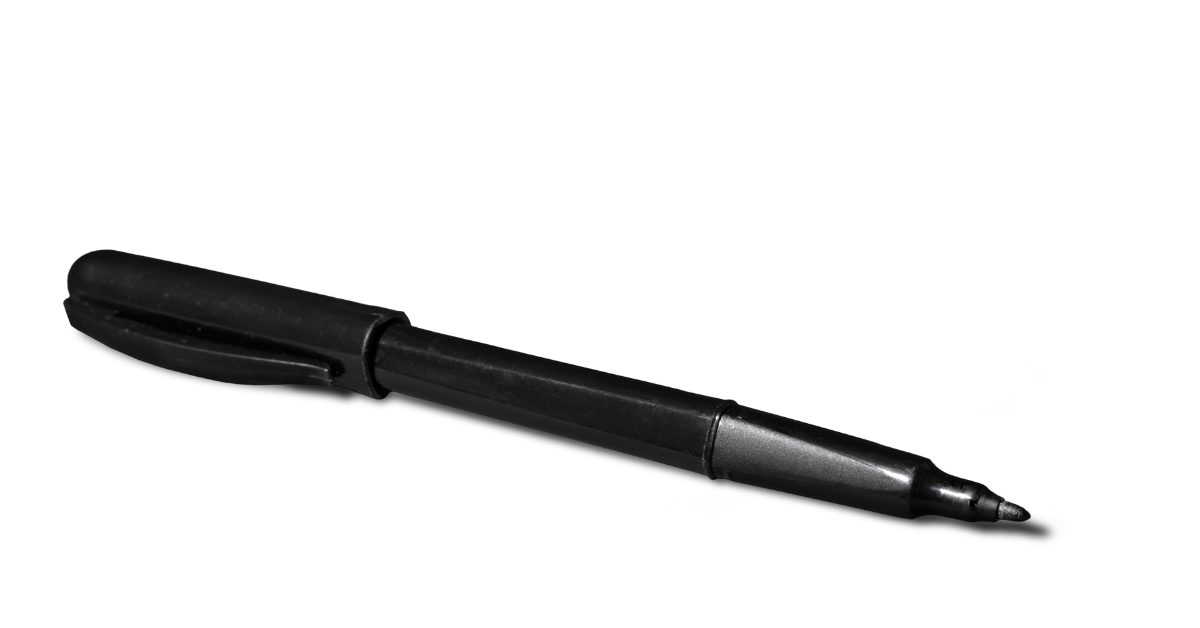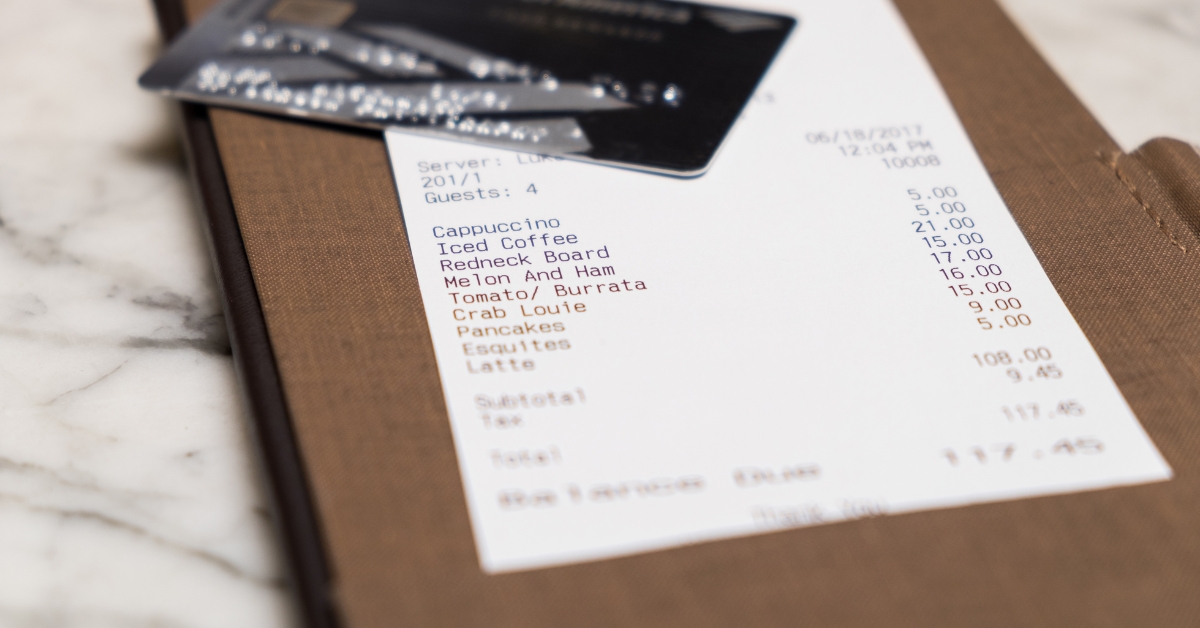Did you know that using a specific pen to sign a credit card can help to protect you from identity theft? If not, take a look at this guide.
The best pen to sign the back of your credit card is a permanent, fine, felt tip pen like a Sharpie.
Learn more about the best pen to sign your credit card and receipts in this guide.

What is the Best Pen to Sign a Credit Card?
When you open a debit or credit card account and receive a new card, you are supposed to sign the back to validate the card. You have several options for signing the back of your credit card or debit card and your purchase receipts.
Back of the Card
The best pen to sign the back of your credit card is a fine-tip permanent marker or a Sharpie. If you do not have a Sharpie, you can use another fine-tip permanent ink pen with quick-drying ink.

Credit Card Receipts
Credit card receipts often have a slippery coating that allows thermal printers to adhere ink to them. However, the coatings on the thermal paper used in receipt printing machines make it challenging to write on them with some traditional ballpoint pens.

- Pilot Acro Ink Pen. Pilot Acro ink pens are great for signing checks and card receipts. The ink goes on smooth and dries quickly. It is also harder for people to lift the ink and replicate your signature on other documents when you use these pens for your signatures.
- Uniball Signo Ink Pen. Uniball Signo pens use similar ink to the Pilot Acro pen. They write smoothly and contain ink with special pigments that make it challenging for forgers to lift or alter the ink.
- Check Fraud Prevention Gel Pens. Several companies have check fraud-prevention pens that use gel ink. The ink in these pens is specially formulated to prevent thieves from lifting the ink. So, these are great options for signing credit card receipts, too.
Best Ink Color to Sign Your Credit Card
Black or blue are the only colors you should ever use to sign the back of your credit card. In most cases, legal documents like those you sign for a mortgage loan require blue or black ink. So, it is important to adhere to this rule. Signing with another color will make it challenging to see your signature.
Why Should You Sign the Back of Your Credit Card?
The signature line on the back of your credit card is similar to a signature card at the bank. It verifies that your signature is legitimate, and if someone steals your credit card to commit fraud, it may be used to prove the theft.

Writing ‘See ID’ On the Back of Your Credit Card
Sometimes, people write ‘See ID’ on the back of their card instead of signing it. While this typically does not cause problems, some vendors may deny the card if you do not have your ID when you make a purchase if the statement is present.
What Risks are There if You Do Not Sign Your Card?
If you do not sign the back of your card, a thief may sign your card and use it as their own. Then, when you report the fraud, the credit card company will compare the signature on the back of the card if the images are given, and the receipts and the signatures will match, which may cause the company to believe you made the charges and fraudulently reported them as theft.
What Pens Should You Avoid Using to Sign Your Credit Card?
There are a few options you should never use to sign the back of your credit card. A ballpoint pen with traditional ink is not a good idea because the ink can easily smear or transfer. As mentioned above, you should also avoid using a pen with ink that is any color other than blue or black.

Final Advice on the Best Pen to Sign a Credit Card
The best pen to sign a credit card is always a quick-drying pen with permanent ink. When signing credit card receipts, identity theft protection pens with specialized ink can add another layer of protection; however, a fine-tip Sharpie also works for signing receipts.
For help with other personal finance issues, like whether or not all three credit bureaus have to remove derogatory marks, if one does, look at the other guides on our site.
